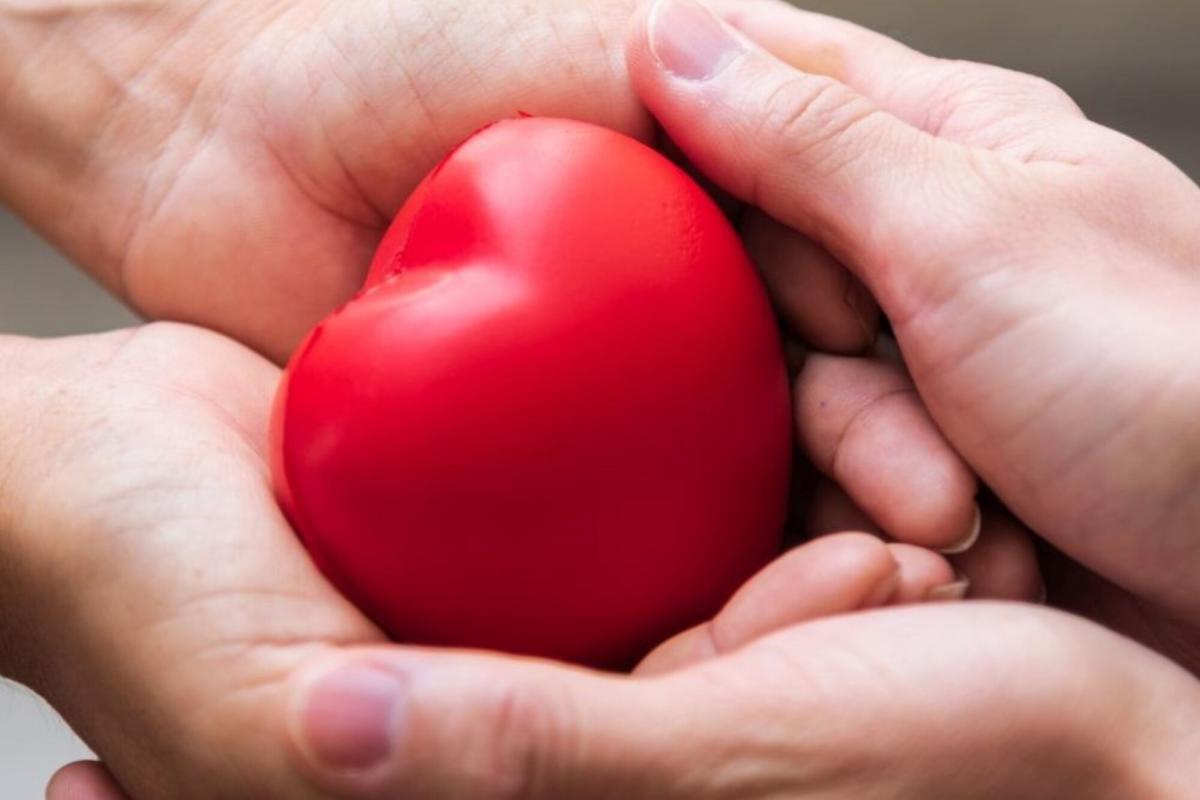Why is it important to sign up to be a bone marrow donor?
National Bone Marrow Donor Day is remembered every April 1, in order to raise awareness about the importance of encouraging people to be part of the National Registry of Hematopoietic Progenitor Cell Donors (HPC) of INCUCAI. This organization is in charge of detecting compatibilities between donors and patients both from Argentina and from other countries in the world.
In our country, this method has been used since 1986. The first institutions that carried it out were the British Hospital of Buenos Aires and the Buenos Aires Naval Hospital. According to INCUCAI, 75% of people waiting for a bone marrow transplant do not have a compatible donor within their family group, so they depend exclusively on an external one.
National Bone Marrow Donor Day is remembered every April 1, in order to raise awareness about the importance of encouraging people to be part of the INCUCAI National Registry of Hematopoietic Progenitor Cell Donors (HPC).
It is possible to access this record through simple steps, in its more than 180 donor centers throughout the country. During this event, we seek to provide more information about how to join and what bone marrow donation consists of.
On April 1, 2003, the National Ministry of Health inaugurated the National Registry of Hematopoietic Progenitor Cell Donors (CPH), as an institution part of INCUCAI. Since its creation, more than 1,500 bone marrow transplants have been performed on patients who did not have compatible family members.
Currently, it has more than 330,000 registered donors in the country and belongs to the World Marrow Donor Association (WMDA) Global Network. The organization brings together and coordinates more than 60 countries around the world, with the aim of satisfying this health demand. In 2023, more than 41 million people will register as donors, a figure that is expected to increase annually.
To register as a hematopoietic stem cell (HSC) donor, you must be between 18 and 40 years old, be in good health, weigh more than 50 kilos and not have suffered from heart, liver or infectious diseases. The volunteer must donate blood in a center associated with the registry. At this location, a registration form will be completed and the consent will be signed.
Continue reading the story
It is not necessary to go on an empty stomach, since a small sample will be taken, which will be genetically analyzed. The extracted data will be entered into the database and compared for patients who need a transplant. In the My Argentina applicationyou will be able to access your bone marrow donor credential in a digital version.
This type of transplant is aimed at people who have some type of diagnosis of hematological diseases such as leukemia, aplastic anemia, lymphoma, myeloma, metabolic errors or immunological deficits.
After a histocompatibility test (HLA), which evaluates the genetic code of the volunteer’s cells, if a compatibility is found with a patient, the cells are extracted. There are two safe methods to do so and after donating, the donor can return to their activities quickly:
-
Through peripheral blood: it is an outpatient practice in which five vaccines are applied to facilitate the release of cells so that they can be collected in a procedure called apheresis. It is similar to donating blood.
-
By puncture: it is a surgical procedure in which the hip bone is punctured and the cells are aspirated. This process requires one or two days of hospitalization and general anesthesia.
2024-04-01 12:55:14
#Bone #Marrow #Donor #Day #method #consist #important #donate
